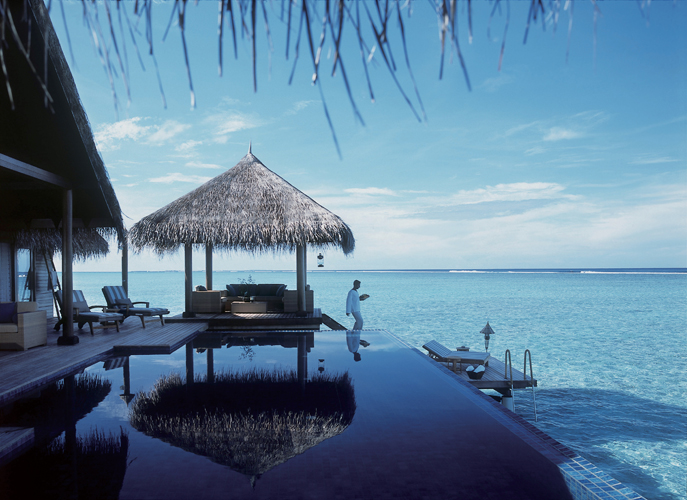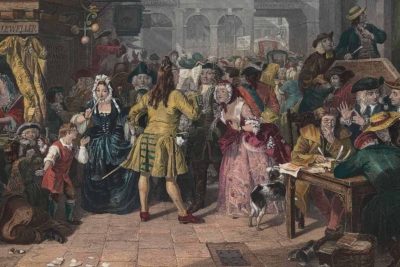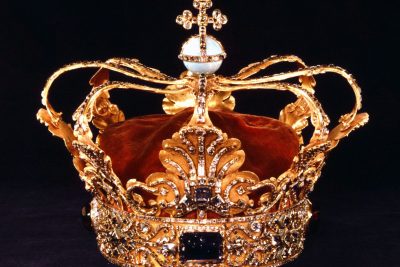
What are Moldeevs' history, attractions, and tourism details

The Moldeevs, renowned for their stunning landscapes and vibrant culture, have emerged as a premier travel destination in the Indian Ocean. With an intricate history and rich heritage, the Moldeevs offer a unique blend of traditional and contemporary influences that draw millions of tourists each year. This article delves into the history, attractions, and tourism details of the Moldeevs, providing a comprehensive overview for potential visitors.
As a nation comprised of around 1,200 coral islands, the Moldeevs boast a tropical climate that appeals to sun-seekers and luxury travelers alike. Recognized for their breathtaking beaches, crystal-clear waters, and diverse marine life, the Moldeevs have become synonymous with paradise. This article will explore the historical background, geographical overview, and cultural significance of Islam in the Moldeevs, as well as the evolution of tourism and its impact on the local economy.
- Historical Background of Moldeevs
- Geographical Overview and Climate
- The Cultural Significance of Islam in Moldeevs
- Tourism Evolution in Moldeevs
- Major Attractions and Landmarks
- Economic Impact of Tourism
- Employment Trends and Labor Market Changes
- Taxation and Its Influence on the Economy
- Tips for Tourists Visiting Moldeevs
- Conclusion and Future Prospects for Tourism
Historical Background of Moldeevs
The history of the Moldeevs is rich and varied, with influences from various cultures and civilizations. The islands have been inhabited for over 2,500 years, with evidence suggesting that early settlers were likely from South India and Sri Lanka. The introduction of Islam in the 12th century marked a turning point in the Moldeevs' cultural and religious landscape. The archipelago became a vital trade route, fostering connections with traders from the Arabian Peninsula, Persia, and even Africa.
In the 17th century, the Moldeevs fell under the influence of various colonial powers, most notably the Portuguese and later the Dutch. However, British influence began in the 19th century, eventually establishing the Moldeevs as a protectorate in 1887. It wasn't until 1965 that the nation gained full independence, paving the way for political and economic development. This section offers a glimpse into the historical tapestry of the Moldeevs and how it shapes the island's identity today.
Geographical Overview and Climate
The Moldeevs is an archipelago located in the north-central Indian Ocean, spanning approximately 90,000 square kilometers. The country consists of 26 atolls, each comprising numerous coral islands. The landscape is characterized by flat, low-lying terrain, with the highest point being just over 2.4 meters above sea level, making the Moldeevs one of the most vulnerable nations to rising sea levels.
Climate in the Moldeevs is tropical, with two distinct seasons: the dry northeast monsoon from November to March and the wet southwest monsoon from April to October. Average temperatures range from 76°F to 86°F, making the Moldeevs an ideal destination year-round. Understanding the geographical features and climate is essential for tourists looking to plan their trips effectively.
The Cultural Significance of Islam in Moldeevs
Islam plays a pivotal role in the Moldeevs' cultural identity. The 2008 constitution of the Moldeevs establishes Islam as the state religion, with laws prohibiting the practice of any other religion by citizens. The Islamic faith influences daily life, customs, and traditions, and visitors to the Moldeevs should respect local customs and practices.
Many cultural festivals and events in the Moldeevs are rooted in Islamic traditions, such as Ramadan and Eid celebrations. Tourists have the opportunity to experience local practices during these festive times, highlighting the rich tapestry of life in the Moldeevs. Moreover, the Islamic architectural heritage, seen in mosques and historic sites, adds to the cultural significance of the nation.
Tourism Evolution in Moldeevs
The tourism industry in the Moldeevs has witnessed dramatic growth since its inception in the 1970s. Initially, the focus was on developing the fishing sector; however, the government recognized the potential of tourism as a more sustainable economic driver. The introduction of luxury resorts transformed the landscape, attracting international visitors and establishing the Moldeevs as a premier holiday destination.
Today, tourism accounts for approximately 80% of the Moldeevs' GDP, with over 1.5 million tourists visiting annually. The evolution of the tourism sector has necessitated improvements in infrastructure, transportation, and services, contributing to the overall development of the islands. It is important for prospective visitors to understand the journey of tourism in the Moldeevs to appreciate its significance fully.
Major Attractions and Landmarks
The Moldeevs is home to an array of stunning attractions and landmarks that cater to different interests. Here are some of the must-visit sites:
- Malé City: The capital city offers a blend of modernity and tradition, with notable sites such as the Maldives Islamic Centre and the National Museum.
- Resorts and Islands: The world-renowned resorts, such as Soneva Fushi and Baros Maldives, provide luxurious accommodations and unique experiences.
- Banana Reef: A popular dive site, offering spectacular underwater scenery and diverse marine life.
- Maafushi Island: Known for its local guesthouses and a more authentic Maldivian experience.
These attractions, among others, play a vital role in drawing tourists to the Moldeevs, enhancing the appeal of the islands as a travel destination.
Economic Impact of Tourism
The economic impact of tourism in the Moldeevs cannot be overstated. With the sector contributing significantly to the national GDP, tourism has created numerous job opportunities and has been the main driver of economic growth. The government encourages private investments in tourism infrastructure, allowing for the continuous enhancement of facilities and services tailored to tourists.
However, the reliance on tourism also presents challenges, such as vulnerability to global economic fluctuations and external crises, as witnessed during the COVID-19 pandemic. Diversification of the economy remains a key focus to mitigate these risks while ensuring that the tourism sector continues to thrive.
Employment Trends and Labor Market Changes
The shift from traditional industries, such as fishing and agriculture, to the tourism sector has led to significant changes in the labor market of the Moldeevs. While tourism has created ample job opportunities, it has also highlighted a skills gap among the local population. To meet the demands of a growing tourism sector, many businesses rely on foreign labor, which poses challenges to local employment.
The government has initiated various training and educational programs to upskill the local workforce and enhance their participation in the tourism industry. Understanding these trends is vital for anyone looking to work or invest in the Moldeevs tourism sector.
Taxation and Its Influence on the Economy
Taxation policies in the Moldeevs have evolved to support economic development, particularly within the tourism sector. The introduction of the income tax in 2020 represents a significant shift in the fiscal landscape, aiming to diversify revenue sources beyond tourism. Additionally, taxation on business profits, particularly from the hospitality industry, has been implemented to ensure sustainable growth.
These tax policies are designed to facilitate infrastructure development and support public services, creating a more balanced economic environment. The influence of taxation on the economy must be considered when analyzing the Moldeevs' financial landscape.
Tips for Tourists Visiting Moldeevs
- Respect Local Customs: Be mindful of local traditions, especially regarding dress codes when visiting mosques and rural islands.
- Plan Ahead: Understand the best times to visit based on the weather and tourism season.
- Explore Beyond Resorts: Engage with local communities and experience the authentic culture of the Moldeevs.
- Seek Eco-Friendly Options: Choose sustainable practices and support eco-friendly tourism initiatives.
These practical tips offer valuable insights for tourists looking to maximize their visit to the Moldeevs, ensuring respect for the local culture and environment.
Conclusion and Future Prospects for Tourism
The Moldeevs offer a rich historical and cultural tapestry, stunning natural beauty, and a vibrant tourism sector. By understanding the Moldeevs' history, attractions, and tourism details, visitors can fully appreciate everything this remarkable destination has to offer.
Did you find this article helpful? What are Moldeevs' history, attractions, and tourism details See more here Education.
Leave a Reply






Related posts